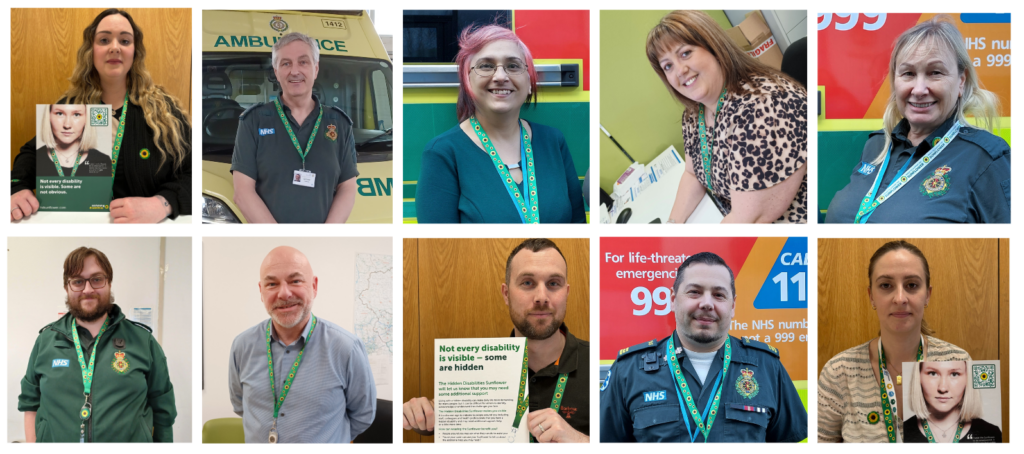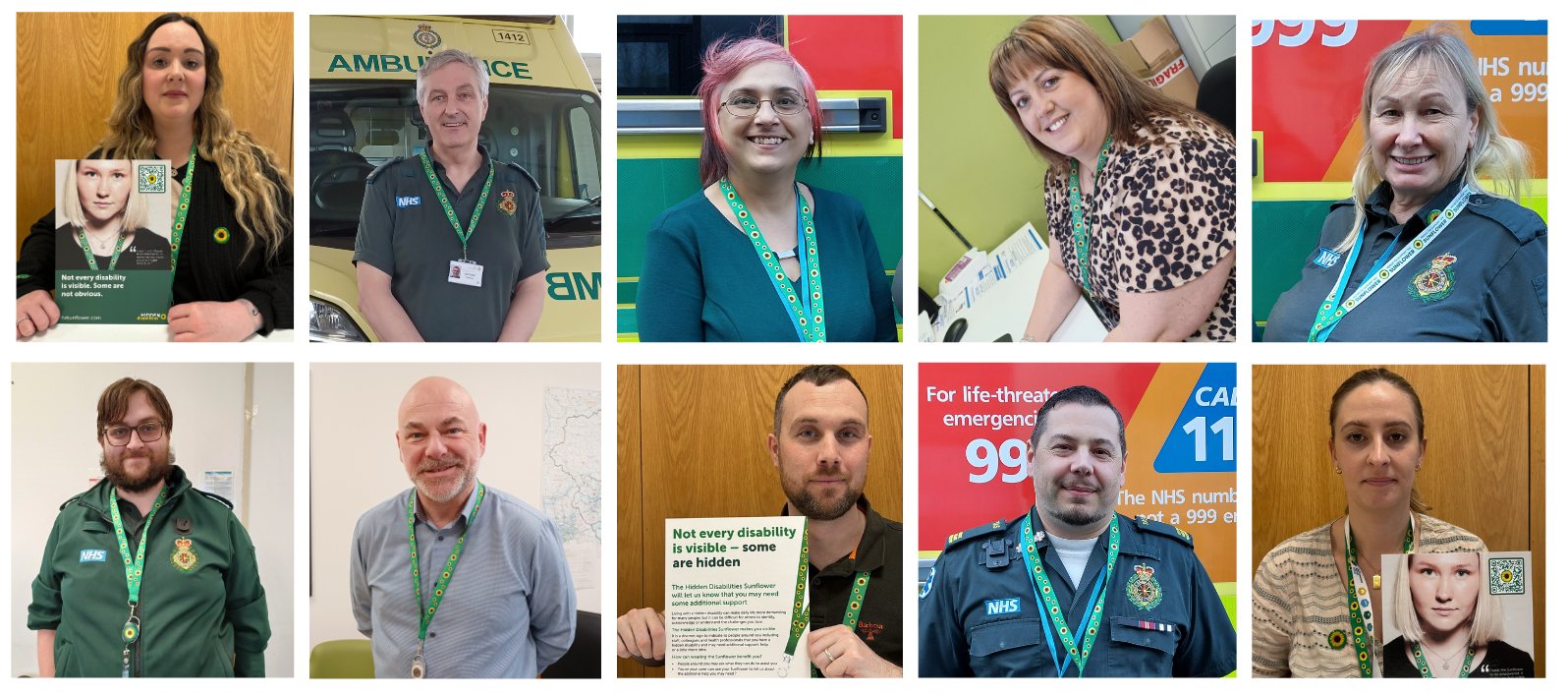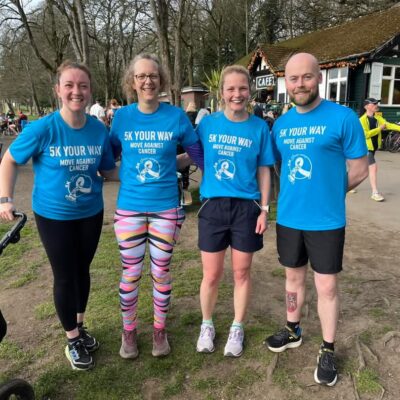
Yorkshire Ambulance Service has officially partnered with the Hidden Disabilities Sunflower Network in a move to support staff, patients and volunteers who have hidden disabilities.
Yorkshire Ambulance Service is now one of many NHS trusts who have partnered with the cause, which aims to support people with hidden disabilities while traveling.
Peter Reading, Chief Executive at Yorkshire Ambulance Service, said: “I am thrilled that Yorkshire Ambulance Service has joined the Hidden Disabilities Sunflower network. Our membership is another vital step in enhancing our status as an inclusive organisation.”
The Hidden Disabilities Sunflower Network was set up by Gatwick Airport in 2016 and since then the charity has steadily expanded their horizons, by working with their first big supermarket, the Co-op in 2018, to collaborating with all UK rail providers in July 2020.
The charity today supports over 4,000 locations in the UK, with 2,000 locations alone just in the City of London.
Paul White, Chief Executive Officer at Hidden Disabilities Sunflower, said: “At times of fear, worry, pain and confusion, the Sunflower acts as a tool to communicate that the wearer has an invisible disability – giving silent communication to the ambulance teams to allow extra time, understanding and patience.”
A survey completed by the Department for Work and Pensions‘ estimates that 1 in 5 people in the UK live with a disability, with 80% of disabilities being hidden, suggesting 16% of the total population lives with an invisible disability.
The Hidden Disabilities Sunflower represents over 900 hidden disabilities including: Anxiety, Autism, ADHD and Crohn’s Disease.
The charities use of a Sunflower, which was trademarked in 2019, symbolises the confidence and strength of those with invisible disabilities whilst creating a sense of happiness and positivity for those who now can represent themselves fully.
Alex Cramp, a Management and Modern Languages student from London, said: “The existence of the Sunflower lanyard scheme has played a crucial role in helping me feel more comfortable in my identity.
“The lanyard challenges the preconception that disabilities are always visible and it offers a discreet way for people with hidden disabilities to communicate our needs.”




